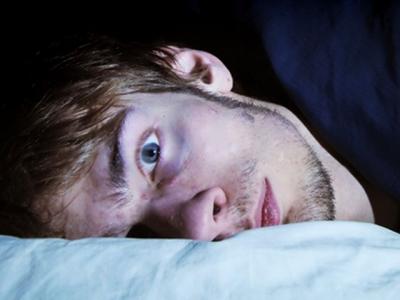ROD 022612
ROD
Sunday, 26Feb12
Rest Day
______________________________________________________________
Recovery
|
This is the easy bit!!! Sounds easy and is easy, but it’s often neglected. As crazy as it sounds, rest is just as important as exercise. Time to find out why!
Rest Is BestIn order to get fitter or improve in sport, the body needs to be exposed to stresses (i.e. training or exercise), once this has happened, the body then needs time to adapt to the stresses and for this there must be a period of recovery. Rest and recovery are also important in prevention of injuries. New to ExerciseIf you’re just starting out in exercise, it’s important that you build into it slowly to allow you’re body to adapt to the demands of sport. Maybe try exercising on two consecutive days, but have a rest on the third day. If you just keep going, without any rest, your body will soon start to fatigue and you’ll find it difficult to complete any exercise sessions. If you have just started physical activity or performed a new exercise for the first time, you might be feeling a little sore or stiff but don’t start doubting all those promises of feeling better for exercising just yet. In most cases this is a reaction from your body as it tries to adapt to the new experience. Starting exercise or performing a new movement pattern can result in: • Severe muscle soreness The feelings you may be experiencing are referred to as Delayed Onset Muscle Soreness or DOMS for short. Although DOMS is not fully understood, it is thought that the feelings generally materialise sometime after the exercise is performed (hence the ‘Delayed’), this can be as long as 12hours after. Feelings may last from a couple of days or even reports of up to a week or longer. It is suggested that some recovery strategies may help prevent or a least reduce some of the associated feelings. (See below – Recovery Strategies) The more an activity is repeated, you are less likely to feel the effects DOMS, or to a less extent. More Experienced AthletesFor those who are more experienced exercisers and are maybe training for an event, rest and recovery is also vitally important. You may have heard of a term called ‘Progressive Overload’, the principles of which are as follows: • Training is designed progressively to overload body systems and fuel stores Plan your training carefully, include rest days where you let you’re body recover from the stress and begin to adapt to the training. Try thinking ahead to the race/event date, plan different sessions for each week. Maybe do a couple of weeks of more intensive and hard sessions, but follow that with an ‘easy week’ where you’re body can adapt to all the hard training you’ve been doing. Periodisation…? Recovery StrategiesIt’s all very well being encouraged to exercise, but if your body isn’t used to doing it, or you’ve started a new sport or even increased the amount of training you’re doing then you need to consider some recovery strategies to help your body to adjust. RestSleep is one of the most important forms of rest and provides time for the body to adapt to the physical and mental demands of training. Nutrition & HydrationEnsuring the body is fully nourished and hydrated is vital for good recovery. It is most important to replace fluids after exercise and to replenish energy stores by eating the right foods at the right time. See the following articles for more information:
Cool Down and StretchThe cool down is a group of exercises performed immediately after training to provide an adjustment between exercise and rest. Its purpose is to increase muscular soreness and bring the cardiovascular system back to rest. Stretching is often combined with the cool down. See FLEXIBILITY article for further information. Contrast TherapyAlternating hot and cold showers/baths provides increased muscle flow to the working muscles and speeds the removal of lactic acid. The following guidelines should provide the most benefits:
Cold Baths (Cryotherapy)If you body is plunged into a bath of icy cold water, the blood vessels constrict and the blood will be drained away from the muscles that have been working (removing lactic acid). Once you get out of the bath, the capillaries dilate and ‘new’ blood flow back into the muscles, bringing with it oxygen which help the functioning of the cells. MassageThe physical benefits of a massage following exercise include: |

